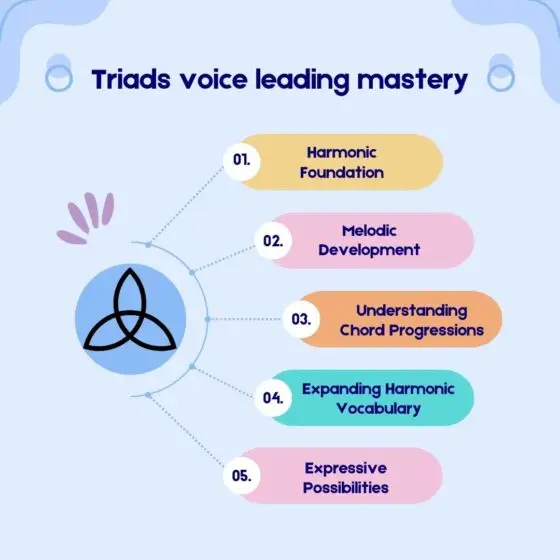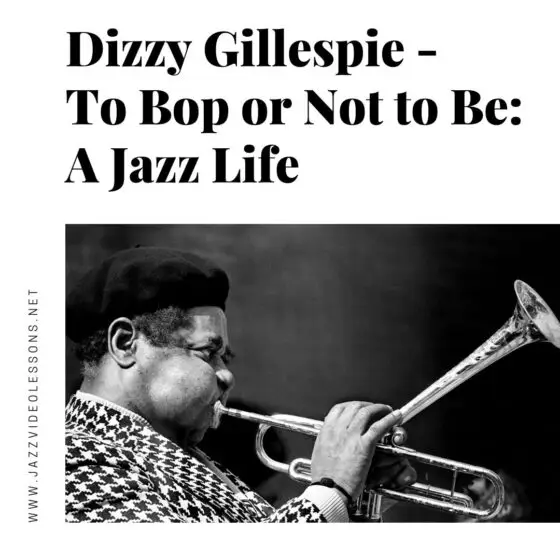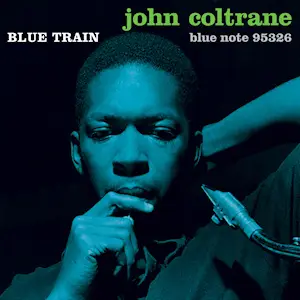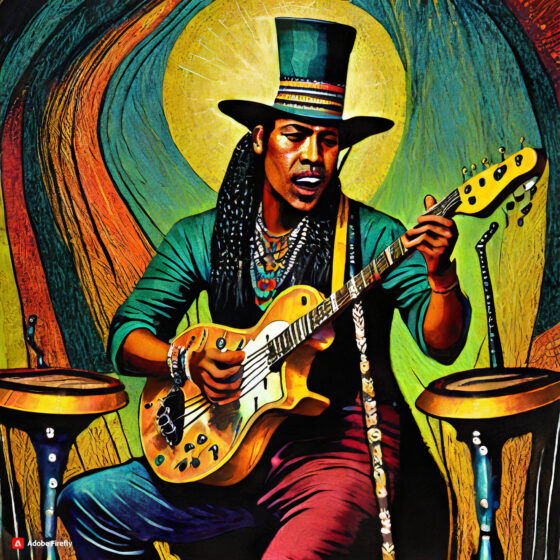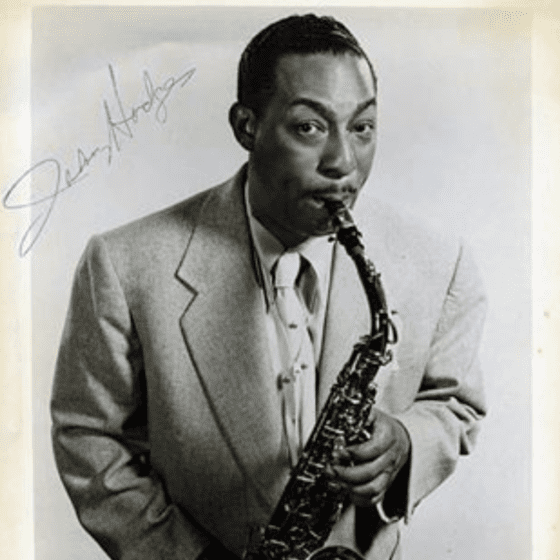
Who is Johnny Hodges?
Welcome, fellow saxophonists and jazz enthusiasts, to another exciting article of our jazz education program!
Today, in celebration of the birth of Johnny Hodges on July 25, 1907, we embark on a journey to explore the mesmerizing world of The Rabbit, a true icon whose music and influence have left an indelible mark on the saxophone community and the jazz world as a whole. Prepare to be inspired and captivated by the timeless elegance of this legendary saxophonist.
The Jazz Brilliance of Johnny Hodges:
Johnny Hodges, nicknamed “Rabbit,” was a prominent figure in the Duke Ellington Orchestra, where he showcased his remarkable prowess on the alto saxophone. His effortless ability to craft beautiful melodies and deliver soul-stirring solos made him an indispensable part of the ensemble and established him as one of the most significant jazz musicians of his time.
The Art of Expressive Phrasing:
For aspiring saxophonists, listening to Johnny Hodges is like attending a masterclass in expressive phrasing. His lush tone and impeccable control allowed him to convey a wide range of emotions through his playing. From the soaring highs to the velvety lows, Hodges’ expressive capabilities enabled him to paint vivid musical landscapes, leaving audiences awe-struck and deeply moved.
The Mastery of Vibrato:
Johnny Hodges was a virtuoso when it came to using vibrato to add warmth and depth to his sound. His carefully crafted vibrato became his signature sound, setting him apart from other saxophonists of his time. Aspiring players can learn a great deal from studying Hodges’ vibrato technique and integrating it into their own playing to infuse their music with a touch of timeless elegance.
The Importance of Dynamics:
In music, dynamics play a pivotal role in shaping the emotional impact of a performance. Hodges was a master at utilizing dynamics to tell a story with his saxophone. Whether he played softly, floating above the accompaniment, or unleashed a powerful burst of energy, his command over dynamics kept audiences enthralled. Aspiring saxophonists can draw inspiration from his ability to modulate volume and create compelling narratives through their playing.
Influence on the Following Generation:
Johnny Hodges’ impact extended far beyond his time with the Duke Ellington Orchestra. His soulful, lyrical playing style inspired countless saxophonists who came after him. Musicians such as Charlie Parker, Cannonball Adderley, and John Coltrane cited Hodges as a major influence on their own playing and sought to emulate his unique tone and expressive techniques.
Embracing Simplicity and Space:
One of the most valuable lessons aspiring saxophonists can learn from Hodges is the art of simplicity and space in improvisation. Hodges had a remarkable ability to say more with fewer notes, choosing his phrases carefully and leaving room for the music to breathe. By incorporating this approach into their improvisation, students can develop a deeper connection with their instrument and enhance their musical storytelling.
Coda:
As we conclude our exploration of the timeless elegance and enduring legacy of Johnny Hodges, let us be reminded of the invaluable lessons we can glean from his musical journey. His expressive phrasing, mastery of vibrato, and command over dynamics have left an indelible mark on the world of jazz saxophone playing. Aspiring saxophonists can draw inspiration from Hodges’ artistry to enrich their own musical voice and continue his legacy of elegance, passion, and musical brilliance for generations to come. So, pick up your saxophone and let the spirit of Johnny Hodges guide you on your own musical odyssey!
Resources:
Follow us:
Join us and get more:
Did you enjoy this article?
Consider writing us a short review on Google or Facebook, that’d be much appreciated!

